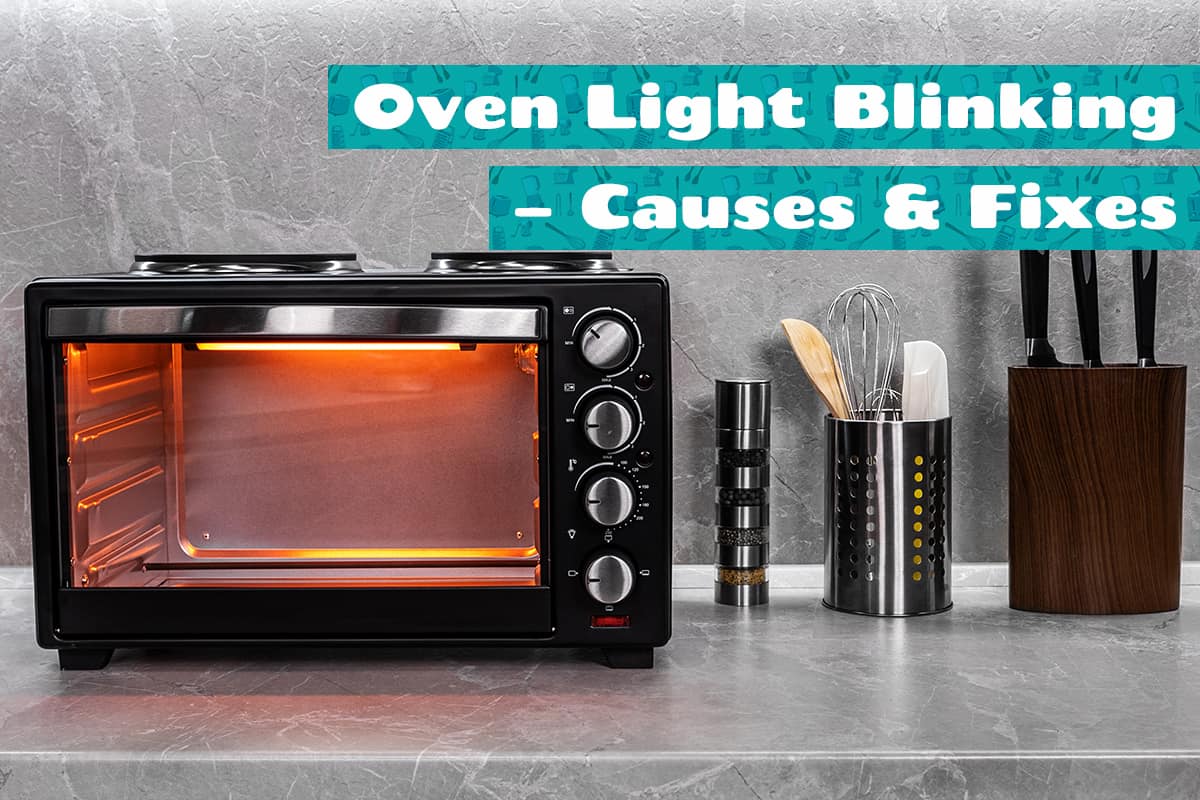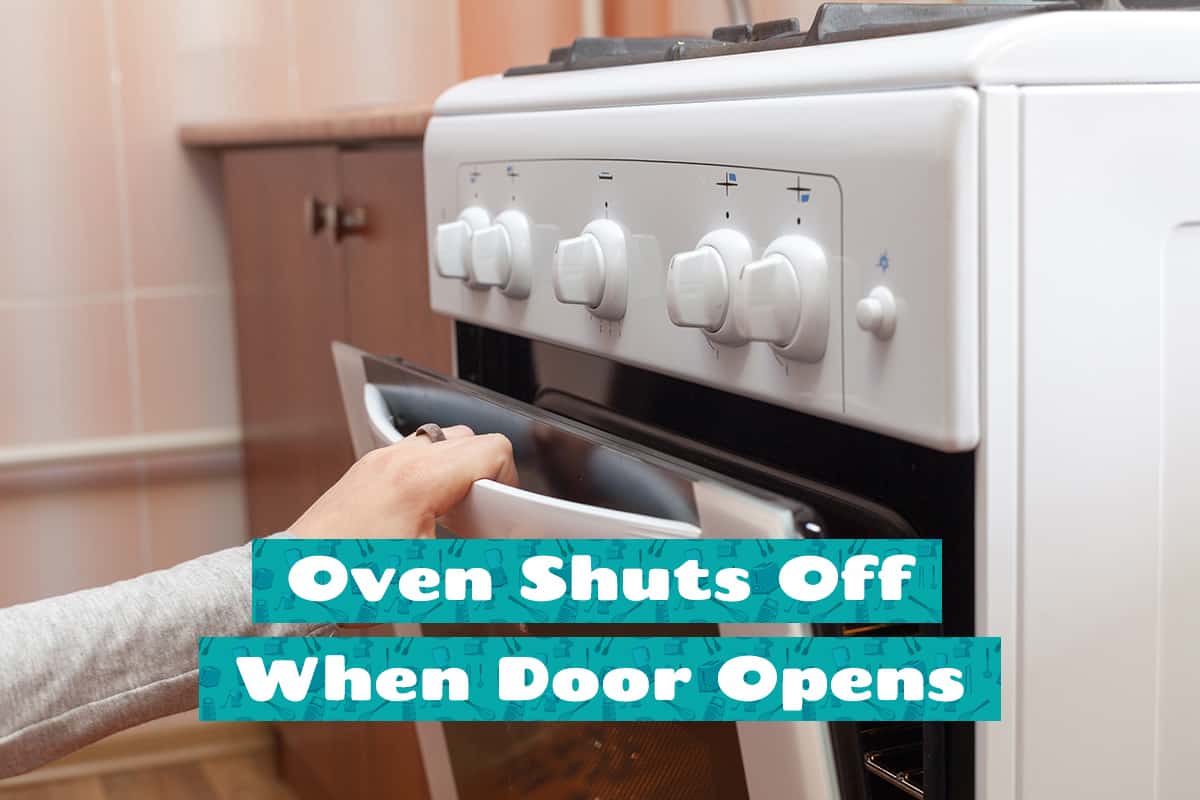Chemical oven cleaners can work really well to remove a build-up of grease and burnt-on food residue, however, they do have drawbacks. Chemical cleaners release toxic fumes into the air which can be both unpleasant and dangerous, and many people worry about using chemicals so close to an area where their food will be cooked.
Here we look at oven cleaner alternatives which include natural cleaning products, self-cleaning ovens, and DIY oven cleaners.
Natural Oven Cleaners

If you’d prefer to keep potentially harmful chemicals far away from appliances that come into contact with your family’s food, then natural oven cleaners are the way forward.
Baking soda deep clean
Baking soda is one of the best natural cleaners out there, so it’s always good to have some in the store cupboard. Baking soda is the perfect product to clean ovens with if you’re concerned about using chemical cleaners in a space where you’re going to be cooking your food. Baking soda is a natural product, making it completely safe to use around food.
In fact, home bakers will know that baking soda is a common ingredient used to make cakes, so even if it does come into contact with some of your food, it won’t be harmful at all.
Baking soda is alkaline, so it is great for neutralizing acidic odors such as those caused by grease and spills in the oven. It is also a gentle abrasive, which means it’s great for scrubbing away any tough, dried-on dirt. For a deep clean in the oven that is all-natural, you can simply combine 1 cup of baking soda with 2 teaspoons of table salt, and a few tablespoons of water. You want to achieve a thick paste with a coarse, sandy texture.
If the mixture isn’t moist enough, keep adding water at half a teaspoon at a time until you have achieved the correct consistency. Now use a paintbrush to apply the paste all over the inner surfaces of the oven, including the walls, floor, and door. You can use a toothbrush to apply the paste to harder-to-reach areas if you wish. Now close the oven and leave it overnight. The next day, you can open the oven to find that the paste has been set.
Use a silicone spatula to scrape away the hard paste, and loosen any residue with paper towels soaked in warm water. The baking soda paste will have broken down any set-on grease and spills, and it will carry these away with it when scraped off the surfaces of the oven. Afterward, your oven should look like new, and you can use it for cooking right away.
Vinegar and baking soda
Vinegar and baking soda are a match made in heaven when it comes to cleaning. While baking soda is alkaline, vinegar is acidic, creating a perfectly balanced natural cleaner. These two natural products react when combined, to create a satisfying fizz that gives cleaning a boost. You can use distilled white vinegar and baking soda to deep clean the oven, or to clear up occasional spills.
To clean the floor of the oven you can sprinkle baking soda directly onto any stains, and then spray a mixture of vinegar and water right on top of it. This can be 1 part water to 1 part vinegar, or 2 parts water to 1 part vinegar. When the vinegar mixture makes contact with the baking soda it will fizz and bubble.
You can leave this for 10 to 20 minutes while the magic happens, then wipe away the paste with a wet cloth. Alternatively, spray the entire inside surfaces of your oven with vinegar and water, and then dip a scouring pad in baking soda before using it to scrub the interior of the oven. If the smell of vinegar bothers you, add a few drops of essential oil such as lemon oil, lavender oil, or tea tree oil.
Hassle-Free Oven Cleaning
Cleaning the oven is a task that most people dread. If you are too busy to clean your oven, or you simply hate doing it, then investing in a self-cleaning oven could be a good move.
There are two main types of the self-cleaning ovens on the market. These are pyrolytic ovens and catalytic ovens.
Pyrolytic ovens

Pyrolytic ovens work by heating the inside of the oven up to extremely high temperatures of around 400 to 500°C/ 750 to 930°F, which causes any grease or food spills to burn off. Typically a cleaning cycle on a pyrolytic oven will take around 3 hours, and once it has cooled down you will be left with a pile of ash in the button of the oven which can just be wiped away.
The inside of the oven will then look like new, and be ready to use again right away. This is a game-changer for anyone who loathes cleaning their ovens by hand, though it does come with some drawbacks. When using the cleaning cycle, the oven automatically locks its doors for 3 hours.
This is great because it prevents anyone from opening the oven door and getting burnt by the scalding temperatures. However, it means that the oven is out of action for an extended period of time.
Heating the oven up to the required temperatures, and sustaining those temperatures for several hours can have quite an impact on your heating bill, which is something to consider if you want to clean your oven regularly. Pyrolytic ovens also tend to be the most expensive type of ovens to buy.
Catalytic ovens
Catalytic ovens are another type of self-cleaning oven that can work well for people who don’t like the hassle of cleaning ovens by hand. They don’t heat up to the high temperatures of pyrolytic ovens when on a cleaning cycle, instead reaching around 200°C/400°F.
A cleaning cycle will typically take just 20 to 30 minutes, making it more convenient than pyrolytic ovens, however, it doesn’t have the same cleaning power. A catalytic oven will burn off food deposits and grease, but not enough to turn them to ash. This means that you will usually still need to scrub the inner surfaces of an oven after a cleaning cycle on a catalytic oven, but it will have loosened everything up for you to make it easier.
DIY Oven Cleaners
DIY oven cleaners are great for saving some money, and by making your own cleaning products you can be sure about exactly what is in them.
Rubbing alcohol cleaner

This homemade cleaner is a good option if you don’t like the smell of vinegar. Mix half a cup of rubbing alcohol with half a cup of water, and add 4 tablespoons of degreasing dish soap. Fill a spray bottle with the mixture, spray directly onto the interior of an oven, then leave it for 30 minutes. Wipe the residue away, and repeat if needed.
Dish soap degreaser
If a deep clean isn’t needed, a DIY dish soap cleaner is useful for keeping on top of minor spills and stains. Mix 1 cup of dish soap with 1 cup of white vinegar, and spray it inside the oven. Leave it for a minimum of 2 hours (ideally more) before wiping away. This method works best on grease and fat spills.






